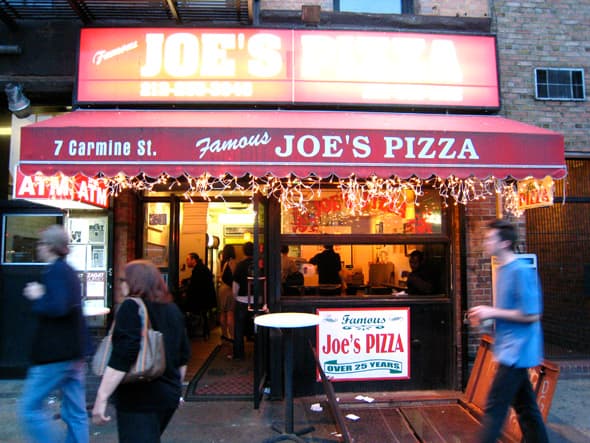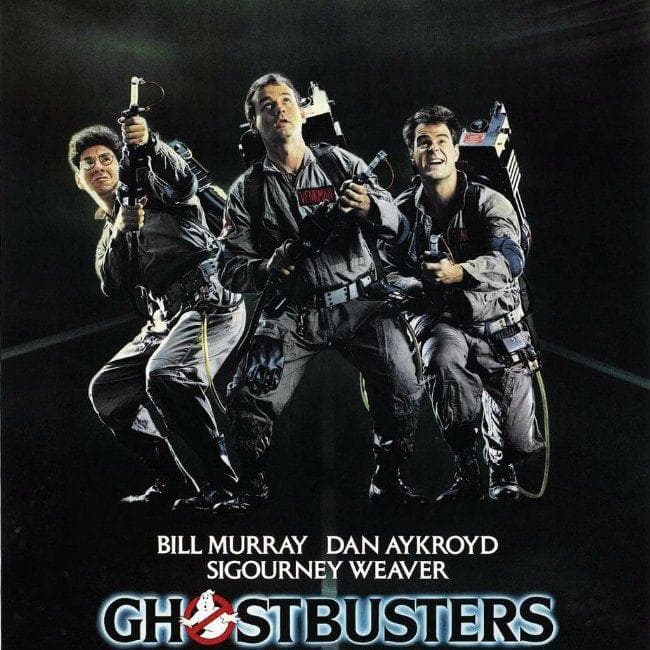-
(#4) Everyone Went to Speakeasies
Thanks to decades of mythologizing, speakeasies and the underground nightclubs of 1920s New York City are old hat to many armchair historians. But it's genuinely very strange that people had to go to a nondescript building and say a code word so they could drink something that included a base ingredient that was likely brewed in a bathtub. But that's not even the craziest part.
At one of the most popular speakeasies, Chumley's, the staff was told by the police that in an event of a raid that they should empty people out of their Bedford Street door as the police would always enter through the Pamela Court entrance.
-
(#14) You Could Pretty Much Buy Anything in New York
In the early 20th century, it wasn't out of the question to see an advertisement for something that would definitely be considered illegal in this day and age. For instance, in 1926, a man was trying to buy a human leg. James Tatom, 40, took to advertising for a new gam after losing his leg in an accident. He found a doctor in New York willing to try and transplant the healthy leg and, supposedly, multiple people offered him their limbs, but Tatom's wife forbid him from proceeding with the operation.
She put her foot down after she learned there was almost no chance the operation would be successful. Good for you, Mrs. Tatom.
-
(#8) The Man with the Axe to Grind with Organ Grinders
Like speakeasies, organ grinders seem like a given when referencing the world of the early 20th century. But in Little Italy, organ grinders weren't just some passing fad, they were a way of life. That is until Fiorello H. La Guardia became mayor. La Guardia grew up in Arizona, and apparently, when an Italian organ grinder with a dancing monkey came to his town, children shouted racial slurs at him and compared him to the grinder.
La Guardia saw the monkey-toting organ grinders as a negative stereotype and banned the acts. At the time, he claimed the ban was due to traffic congestion but later opened up about his true reasoning in his autobiography.
-
(#3) People Regularly Took Passenger Liners to California
Travel was strange in the 1920s. Most people lived and died where ever they were born, but in New York City anything was possible. If you wanted to take a trip to California, all you had to do was carve out a couple of weeks to float around the continent. The American Line Steamship Corporation wanted to capitalize on the Panama Canal and create an alternative to cross-country railroad travel. So they had a giant passenger ship, the SS California, built.
It could carry over 4,400 people and was the first passenger ship specifically built to sail between the East and West Coasts through the Panama Canal. A one-way trip took 13 days, and the crew of the California brought passengers from New York to San Francisco with stops in Havana, Cuba, Balboa, Panama, San Diego, and Los Angeles.
-
(#13) The Sleepy Sickness Took Hold
Every decade is marred with some kind of ailment, and in the 1920s, New York City was gripped by the "sleepy sickness," or encephalitis lethargica. Victims of the sickness had to deal with residual fatigue and neurological issues. One girl pulled out twelve of her own teeth, and another tore out both of her eyes, claiming that they fell out while she was asleep. Many of the victims simply stayed in bed forever.
Cases of the sleepy sickness dwindled by 1929, and researchers still aren't sure what caused so many people to become neurologically trapped in a world of dreams.
-
(#10) Traffic Lights Changed the Game in New York City
Most modern people think of street lights as nuisances meant to impede our travels to a movie or wherever you have to go since you're so important, but in the 1920s, streetlights saved the New York City police department loads of money. Rather than park a policeman in the middle of a busy intersection to control the flow of traffic, they could simply plant a streetlight in the middle of a road and leave it up to the light to police the people of the city.
People were a little freaked out but, eventually, they got over their fear of red, yellow, and green lights and bowed down to their three-eyed overlords.
New Random Displays Display All By Ranking
About This Tool
Like most ancient cities in the United States, New York City has undergone tremendous changes in the past few centuries. Fortunately, some important historical records give us the opportunity to understand the urban landscape of this metropolis a hundred years ago. At the end of the First World War, New York ushered in a new era with jazz, alcohol, gangs, business and culture were flourish there.
New York City had nearly 6 million residents in the 1920s and many immigrants came to this prosperous center through convenient roads, railways, and ships. The random tool introduced 15 details about the fascinating and bizarre life in 1920s New York City
Our data comes from Ranker, If you want to participate in the ranking of items displayed on this page, please click here.












